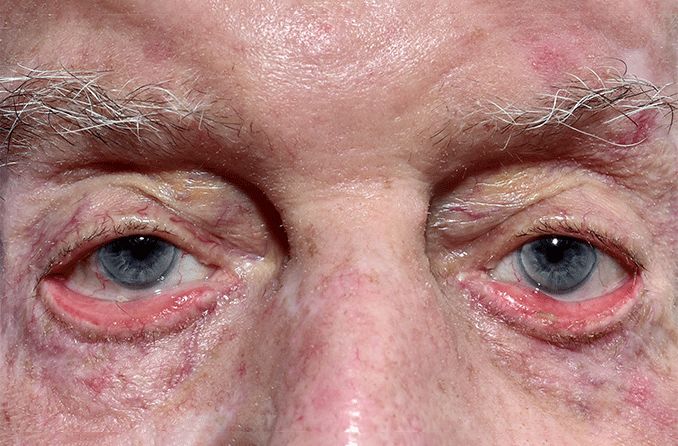Minor oculoplastic and lid procedures including ectropion and entropion corrections.
HOME / Minor oculoplastic and lid procedures including ectropion and entropion corrections.
Cataract Surgery
Comprehensive eye check up
Refractive Error
Squint Evaluation & Treatment
Diabetic Retinopathy
Glaucoma Treatment
Lid surgery

what is Minor oculoplastic and lid procedures including ectropion and entropion corrections?
Minor oculoplastic and lid procedures, including ectropion and entropion corrections, are surgical treatments focused on repairing and restoring the function and appearance of the eyelids. These procedures are often performed by an ophthalmologist or oculoplastic surgeon and are considered minor surgeries, usually performed in an outpatient setting. Here’s a breakdown of ectropion and entropion corrections, which are two common types of oculoplastic procedures.
Ectropion Correction
-
What is Ectropion?
Ectropion occurs when the eyelid, usually the lower eyelid, turns outward, causing the inner eyelid surface to be exposed. This condition can lead to dryness, irritation, tearing, and a higher risk of infection because the eyelid is not adequately protecting the eye. -
Symptoms of Ectropion:
- Chronic eye redness and irritation
- Excessive tearing
- Sensitivity to wind or sunlight
- Dryness and discomfort
- Recurrent infections or inflammation
-
Causes:
- Age-related muscle weakness is the most common cause.
- Other causes include facial nerve paralysis (e.g., Bell’s palsy), scarring from trauma or surgery, and congenital eyelid deformities.
-
Surgical Procedure for Ectropion:
- The goal of ectropion surgery is to tighten the affected eyelid to restore normal positioning.
- Common techniques include lateral canthoplasty (tightening the eyelid at the outer corner) or full-thickness eyelid repair to correct significant laxity.
- In cases caused by scarring, a skin graft may be used to support the lower eyelid.
- This procedure is usually done under local anesthesia, with minimal downtime and a high success rate in alleviating symptoms and protecting the eye.
2. Entropion Correction
-
What is Entropion?
Entropion is a condition where the eyelid, typically the lower eyelid, turns inward. This causes the eyelashes and skin to rub against the eye’s surface, leading to irritation, redness, and potential damage to the cornea if left untreated. -
Symptoms of Entropion:
- Eye pain and discomfort
- Redness and tearing
- Sensitivity to light and wind
- Corneal abrasions or ulcers if untreated
- Foreign body sensation in the eye
-
Causes:
- Age-related loosening of the eyelid muscles and tendons is a common cause.
- Scarring from injuries, infections, or surgeries can also lead to entropion.
- Some cases are congenital or related to underlying medical conditions, like trachoma, which can cause scarring of the inner eyelid.
-
Surgical Procedure for Entropion:
- The objective of entropion surgery is to reposition the eyelid so it no longer turns inward.
- Techniques include eyelid retractor reinsertion, where tendons and muscles are tightened, or everting sutures, which pull the eyelid into a more natural position.
- Local anesthesia is typically used, and the surgery can be completed in an outpatient setting.
- Post-surgery, patients typically experience relief from symptoms, with a quick recovery and a reduced risk of corneal damage.
3. Additional Minor Oculoplastic Procedures
Beyond ectropion and entropion, minor oculoplastic procedures include treatments for other eyelid and periocular issues, such as:
- Chalazion Removal: Removing small lumps or cysts on the eyelid caused by blocked oil glands.
- Blepharoplasty: Small eyelid surgeries to remove excess skin or fatty tissue, often for both cosmetic and functional improvement.
- Ptosis Repair: Correcting drooping of the upper eyelid by adjusting the eyelid muscles.
- Removal of Skin Lesions or Cysts: Removing benign or malignant lesions on the eyelid or surrounding area, with reconstructive measures as needed.
Goals and Outcomes of These Procedures
- Functionality: These procedures aim to restore normal eyelid function to protect the eye from irritation, infection, or damage.
- Comfort: Patients experience relief from symptoms like tearing, redness, and discomfort.
- Aesthetics: Some oculoplastic procedures also improve the cosmetic appearance of the eyelids and surrounding tissue.
By addressing these eyelid abnormalities, these minor oculoplastic and lid procedures provide both functional and aesthetic benefits, improving eye health and the patient’s quality of life.

